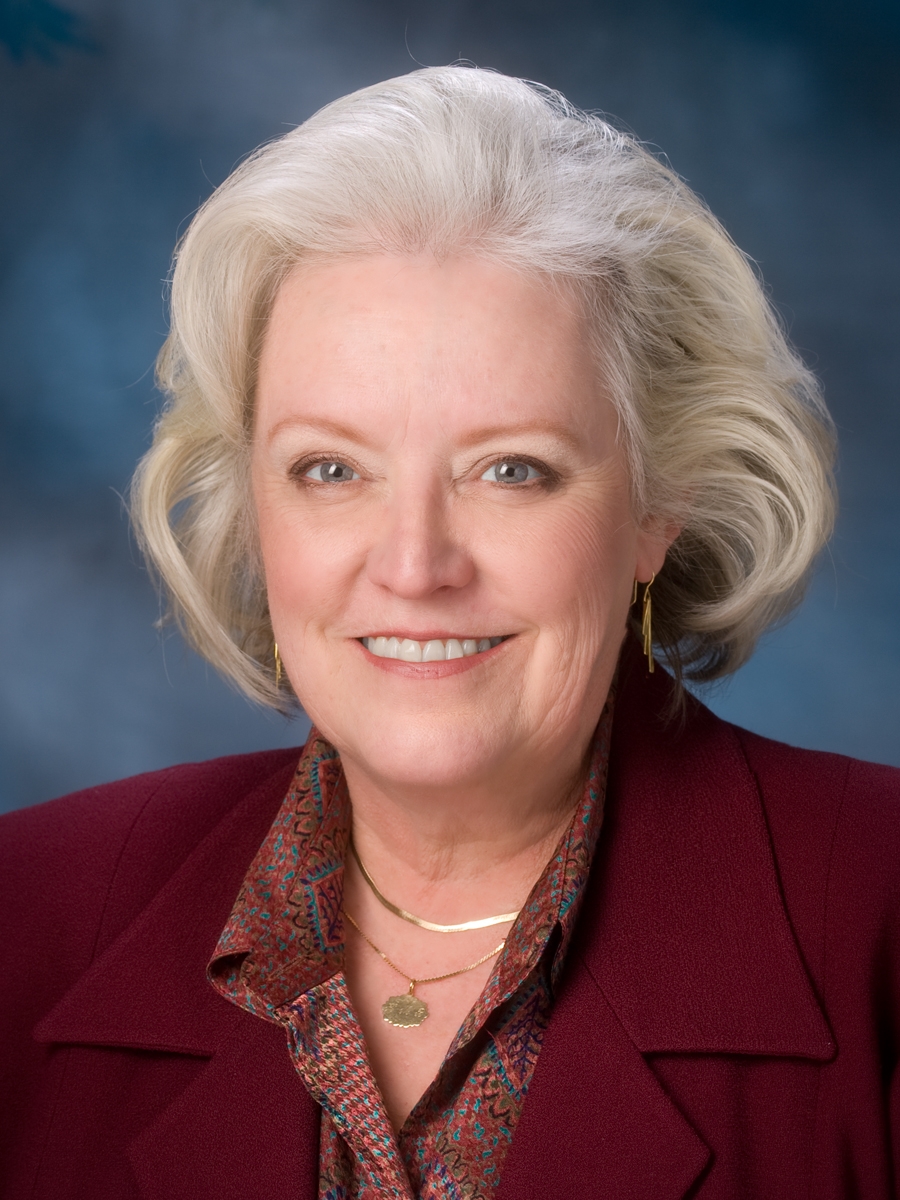
by Dr Kathleen M Bailey
It has been over twenty years since Wall and Alderson (1993) published their landmark paper about the Sri Linkan impact study and posed the question, “Does washback exist?” (Alderson & Wall, 1993). Two decades ago, influenced by ideas put forth by Arthur Hughes (1993), I proposed a simple visual image of washback , which depicted the participants, processes and products involved in the washback phenomenon (Bailey, 1996), though the column for “processes” was left blank at that time. Now, after many investigations of washback and test impact, we know much more about the phenomena involved. In this presentation, I will revisit the research literature on washback and test impact, in hopes of making further connections between learning and assessment in our globalized world.
What are some of the key issues surrounding this theme that you hope will be discussed at the ALTE 6th International Conference?
I am fascinated by how much attention this broad topic has received in the last two decades. I’m going to be talking with the conference participants about washback and impact from language tests. Initially, research on this area was done primarily in ‘inner circle’ countries, but recently scholars from around the world have contributed to our understanding of these phenomena. These are the areas where I hope to both make a contribution and learn a great deal more.
Your plenary presentation will talk about language testing washback and impact in the context of globalisation – why is an understanding of this issue, and the research surrounding it, so important to delegates?
As I mentioned above, research has been done in many countries now about the connection between learning and assessment. Increasing globalisation has led to more professional relationships among researchers in many regions. And of course, the influence of many of the large international tests has crossed national boundaries for many years.
From a professional perspective, what can delegates gain from attending the Conference? And from a personal perspective, what are you looking forward to most about the event?
I have never been to an ALTE conference before and I’m very much looking forward to it. I expect that it will provide numerous occasions for formal learning, through the presentations to be offered, but that there will also be many opportunities for informal networking. Personally, I want to learn more about language assessment in Europe and the connections being made there between assessment and learning. I also hope to share information about The International Research Foundation of English Language Education [TIRF] with the conference participants, and I have the great honour of serving as the Chairperson of its Board of Trustees. The Foundation supports and disseminates research findings, and one of the research priorities that we fund is on language assessment. Our Doctoral Dissertation Grants programme may be of interest to graduate students attending the ALTE conference.

Professor of Applied Linguistics, Middlebury Institute of International Studies at Monterey, USA
Dr Bailey works in the TESOL-TFL Program at MIIS (where she has taught since 1981), and also teaches in the EdD and MA Programs at Anaheim University. She is President of both The International Research Foundation for English Language Education, and American Association for Applied Linguistics, and has received a number of awards for her services to TESOL, including the James E Alatis Award and the Heinle Lifetime Achievement Award. Dr Bailey’s research interests include teacher development and supervision, language assessment and classroom research, and she is the editor, co-editor, author or co-author of 15 books.